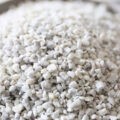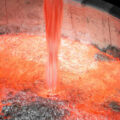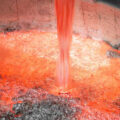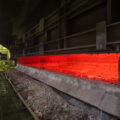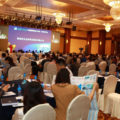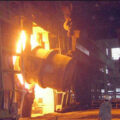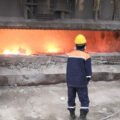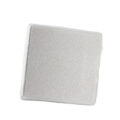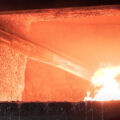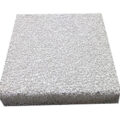Aluminum alloy melt alkali metal removal technology can be divided into three types: alkali removal technology before furnace, furnace alkali removal technology, and after furnace alkali removal technology. In the production, you can select a variety or a combination of alkali removal technologies according to the alloy varieties produced to ensure the control of the alkali metal content in the melt. Since sodium is the main alkali metal hazard element, the effect of aluminum removal of alkali is mainly determined by the change of sodium content. Generally speaking, after the aluminum alloy melt is purified, the content of alkali metal sodium should be controlled within 5ppm.
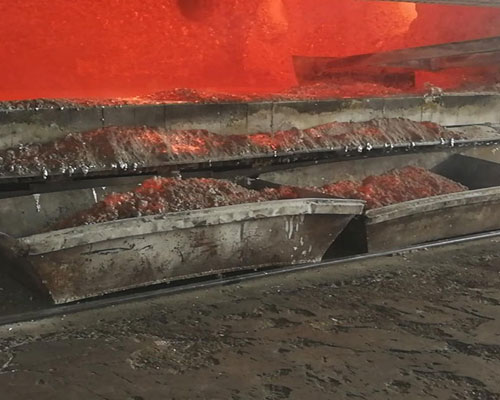
Alkali Metal Removal Technology
Alkali removal technology before furnace
The pretreatment technology of electrolytic aluminum liquid furnace refers to the use of independent equipment outside the furnace to remove alkali before the electrolytic aluminum liquid enters the furnace.
The processing equipment produced by some foreign companies adopts this technology and has been widely used abroad. The equipment consists of an aluminum liquid package base, an aluminum fluoride supply system, a rotor system, and a dust removal system. The process of removing alkali is to transport the special openable and sealed molten aluminum bag to the base of the equipment, and open the upper cover of the molten aluminum bag. The ladle cover with the rotor system on the de-alkali equipment covers the molten aluminum ladle. The rotor system uses argon as the transmission medium to spray aluminum fluoride into the molten aluminum ladle to make it evenly diffuse in the melt. Affect the surface of molten aluminum. Through a chemical reaction, the sodium, lithium, potassium, and calcium metals are brought to the surface of the melt. When the alkali-removed aluminum melt is injected into the furnace, the electrolytic aluminum liquid is pressed out from the position near the bottom of the ladle by pressure, and part of the aluminum liquid is left in the ladle each time, so the aluminum is floating in the ladle. The slag on the surface of the melt will not enter the furnace.
In-furnace alkali removal technology
In the production process of aluminum melting and casting, the method that can remove the alkali metal in the aluminum melt is: using a refining agent in the holding furnace to refine the melt.

However, in the process of using chlorine, or fluoride, there will be chlorine gas that floats out of aluminum melt, as well as chlorine and hydrogen fluoride generated after the reaction with alkali metals, and hexachloroethane and carbon tetrachloride that is vaporized by heating. The gas generated will seriously damage the furnace lining and shorten the life of the furnace.
Secondly, it will cause occupational disease hazards to production operators, leading to occupational diseases such as chronic fluorosis, tracheal bronchitis, pneumonia or pulmonary edema.
Finally, the melt purification treatment in the furnace cannot guarantee the full contact between the refining gas/refining agent and the aluminum melt, and the de-alkali purification of the aluminum alloy melt is quite limited.
The focus of furnace purification is on the process of hydrogen removal and slag removal in the furnace. In these purification processes, if the refining agent contains chloride, a certain alkali removal effect can be achieved.
After the furnace alkali removal technology
Purification after the furnace, that is, the online purification technology of aluminum melt. This technology uses an online degassing device to refine the aluminum melt after it is released from the furnace and before casting. In order to achieve the purpose of removing alkali, chlorine is added to the refined gas. The basic principle of removing alkali is to use a high-pressure nozzle to spray nitrogen, chlorine mixed gas or argon, chlorine mixed gas into the bottom of the aluminum melt in the equipment, and small bubbles are floating in the process. In full contact with the aluminum melt, a chemical reaction occurs to remove the sodium, lithium, and calcium plasma.

